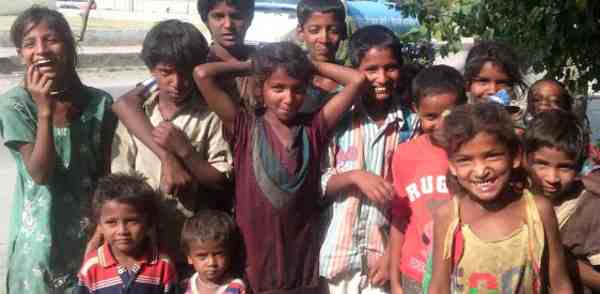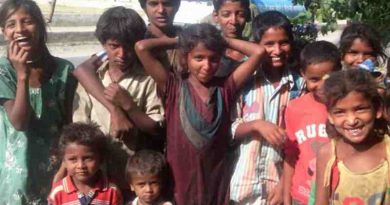How India Plans to Control Its Population Growth

How India Plans to Control Its Population Growth
As increasing population has become a major threat to India’s economic development, the government has decided to take a few steps to control the population growth.
The Ministry of Health and Family Welfare said today it will launch “Mission Parivar Vikas” in 145 high focus districts having the highest total fertility rates (TFR) in the country.
These 145 districts are in the seven high focus, high TFR states of Uttar Pradesh, Bihar, Rajasthan, Madhya Pradesh, Chhattisgarh, Jharkhand, and Assam that constitute 44% of the country’s population of 1.3 billion.
[ Also Read: Is Abnormal Population Growth a Curse for India? ]
The main objective of ‘Mission Parivas Vikas’ will be to accelerate access to high-quality family planning choices based on information, reliable services and supplies within a rights-based framework.
These 145 districts have been identified based on total fertility rate and service delivery (including sterilization performance) for immediate, special and accelerated efforts to reach the replacement level fertility goals of 2.1 by 2025.
[ Also Read: Unemployment May Cause Social Unrest in India ]
Recent data suggests that these 145 districts have TFR of more than / equal to 3.0 (56% of the 261 districts in the 7 HFS) and are home to 28% of India’s population (about 33 crores).
However, only 22% of India’s protected couples and 40% of India’s couples with unmet need reside in these districts. These districts also have a substantial impact on maternal and child health indicators as about 25-30% of maternal deaths and 50% of infant deaths occur in these districts.
[ Request for Help to Open Free School for Poor Children ]
Moreover, 115 of these districts (79%) have high percentage of adolescent mothers.
The key strategic focus of this initiative will be on improving access to contraceptives through assured delivery services, new promotional schemes, commodity security, and capacity building of service providers, creating an enabling environment along with close monitoring and implementation.





